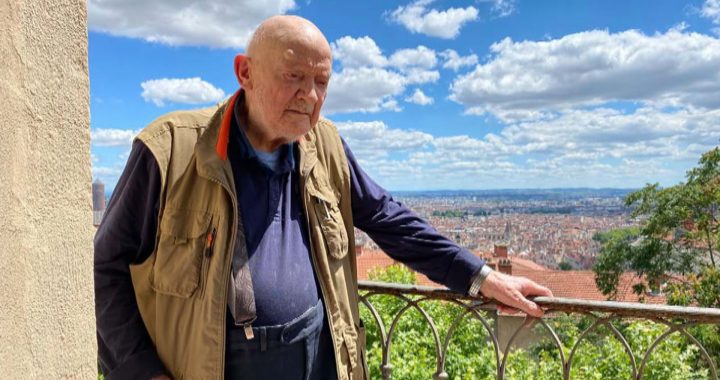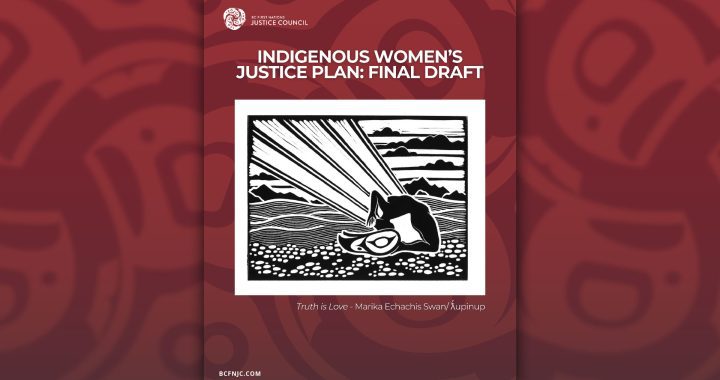
Young Indigenous prisoners who are placed in isolation units in prison are more likely to have mental health issues and be more adversely affected than non-Indigenous populations says a federal panel’s report.
According to the report, young Indigenous people in prison are “more adversely affected by isolation due to immature neurobiology like frontal cortex development.”
Compounding the problem, the young prisoners are “less apt to have had formal assessment/diagnosis of mental health problems and more apt to be described as having ‘behavioural’ versus mental health problems.”
The panel, appointed by Public Safety Minister Marco Mendicino, was created in 2021 to study and report on issues related to the ongoing implementation of Structured Intervention Units (SIUs).
These SIUs replace segregation or solitary confinement units after the Supreme Court of Canada ruled that they were “unconstitutional” and a violation of prisoners’ charter rights.
The switch to SIUs at the Correctional Services of Canada was led by Kathy Neil, a Métis woman who now serves as the deputy commissioner for Indigenous corrections.
APTN News reached out to Neil to talk about SIUs but she was unavailable.
Read More:
Can Kathy Neil fix Canada’s prison system for Indigenous inmates? Some people aren’t so sure
Report calls on feds to strip $1B from Correctional Service of Canada budget
The SIUs are stand-alone, multi-level security units in a designated area of the prison that allow individuals to receive four hours out of their cells and two hours of meaningful human contact — whereas segregation placed individuals in isolation for 22 hours or more in a day with no more than 2 hours of human contact.
As of January 2023, 38 per cent of Indigenous prisoners in SIU cells were 29 or younger compared to 31.7 per cent of non-Indigenous prisoners and reported the highest rates of deteriorating mental health status while in isolation.
Despite Indigenous adults only making up 4.2 per cent of Canada’s population, 32.4 per cent of all federal prisoners are Indigenous and they occupy 43.9 per cent of SIU cells.
The government’s changes to the system are in name only, says Independent Sen. Kim Pate, a lifelong advocate for incarcerated people.
“Much of what has been done has been characterized, and I don’t think incorrectly, as performative. If you walked into prison with me now, you’ll see very quickly, they only call SIUs a form of isolation. But in fact, there are all kinds of other ways,” says Pate.
“There’s medical observation, there’s stepped down units, there are disciplinary units. I can’t even keep up with how many different names for isolation they have. The result, though, is there’s increased use of isolation, but not calling it that and not having any oversight.”

The panel’s report revealed that “SIUs for women in Canada appear to be kept open almost exclusively for Indigenous women. In 2022 almost all – 24 out of 25 or 96 per cent – of the women who started stays in SIUs were Indigenous women.”
The report says a prisoner can be transferred to the SIU for safety reasons, like when an inmate is at risk of harming themselves or others. It was found that Indigenous prisoners stay in isolation longer than non-Indigenous prisoners which is detrimental to their mental health.
“When women do go into an SIU, it’s usually because either because they are personally at risk of being harmed in prison or they are at risk of harming someone else in prison,” says Howard Sapers, chair of the advisory panel.
“It’s about interpersonal violence – and you don’t need to isolate somebody for days and weeks and months and years to deal with that.”
The 2019 amendment to the Corrections and Conditional Release Act says an inmate should be transferred to an SIU “only if the staff member is satisfied there is no reasonable alternative” and that confinement in the SIU is to “end as soon as possible.”
However, Sapers says that especially for Indigenous prisoners, this is not the case.
Sapers says the panel is seeing more evidence that corrections isn’t adhering to the principle called “least restrictive measures” which means a prisoner’s movements and interactions with others should only be restricted as a last resort.
He says this is happening “even in the structure intervention units, which were designed to make sure that the Correctional Service of Canada was not violating the Charter rights of Canadians going into the penitentiary.”
The panel notes that those who stay in an SIU for 16 or more days are more likely to have deteriorated mental health status. In the three years of SIU operation, 62.9 per cent of Indigenous prisoners staying in the SIUs were there for 16 days or more, compared to 53.8 per cent of non-Indigenous prisoners leading to higher rates of adverse mental health.
This is the second report from the committee keeping track of SIUs.
A study released Oct. 26, 2022 reported that Indigenous Peoples make up a disproportionate number of inmates serving time in SIUs.
Saper says in the 2022 report that Indigenous inmates make up 48.9 per cent of the people in the new prison SIU system.
“Simply put, the impact of SIUs is not even across groups of people in Canada and is unequally experienced among penitentiary groups. Indigenous Peoples are clearly over-represented in the SIUs,” he wrote at the time.
Pate says she has “witnessed the harmful impacts of isolation on Indigenous women firsthand” and “their incarceration does not make Canada safer, it only causes more harm to those struggling to be in the community.”
“I’ve seen several women who were residential school survivors and spent upwards of two or three or more decades in isolation,” Pate told APTN News.
“They came out with all kinds of long-standing permanent harm to their ability to psychologically and physiologically and neurologically be in society able to live and work and yet, they’re, they’re not a risk to society. In fact, society has become a risk to them.”
In response to what Pate describes as “a horrific situation where the law is violated,” she has sponsored Bill S-230 to amend the Corrections and Conditional Release Act, aiming to provide alternatives to isolation.
The Senate legal committee has completed two readings of the bill and likely will not have hearings until the fall.










